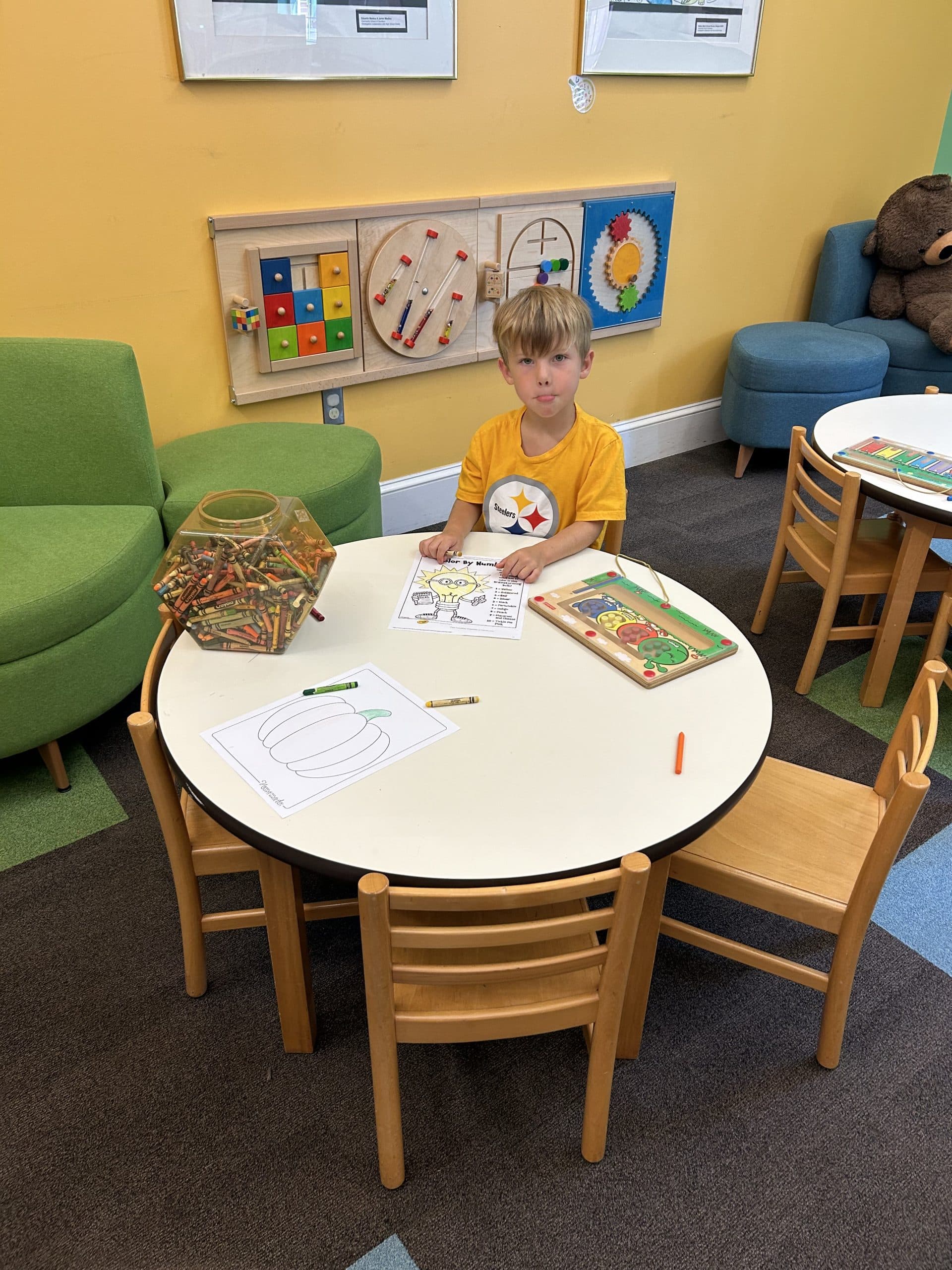Cursive writing is making a comeback in several schools. However, there is a debate between teaching cursive versus keyboarding. Even though cursive has made a comeback, many feel the curriculum is already full to add a subject.
Cursive Positives
Advocates state that retention and comprehension improve with learning cursive. Handwriting activates a different part of the brain than the printing of letters. The brain gets engaged as the students join letters in cursive writing. The flow involved in writing causes deep learning through joining letters. Cursive also enhances fine motor skills. It requires different skills than print writing. In cursive writing, students use the muscles in the hand in a different way.
Students should learn to sign documents with a signature instead of a printed name. Plus, teaching handwriting to students gives them the ability to read documents from the past. They can read birth and death certificates and other important documents.
Dyslexic students benefit from handwriting rather than print letters. Too many letters look similar (b – d). Cursive letters look different. Thus, dyslexic students learn despite their disability when they learn to write and read scripts. Students with other disabilities may benefit from printing letters. Still, some students may form a hybrid of print and cursive.
Students become better spellers when learning to handwrite instead of print. This is because they understand how letters fit together to form words. They visualize each letter forming words. Thus, they become better writers of sentences.
A Part of History
Without cursive handwriting, students may miss a part of their past. Many cards and letters from grandparents have handwriting. Also, many 0lder generations still write in cursive. If students do not learn to handwrite, parents must translate the text. It’s important for students to at least read handwriting.
According to a 2019 analysis of research, handwriting contributes to the overall quality and fluency no matter print, written, or keyboarding. A 2020 study states, “We suggest that children, from an early age, must be exposed to handwriting and drawing activities in school to establish the neuronal oscillation patterns that are beneficial for learning. We conclude that because of the benefits of sensory-motor integration due to the larger involvement of the senses and fine and precisely controlled hand movements when writing by hand and when drawing, it is vital to maintain both activities in a learning environment to facilitate and optimize learning.” While it requires patience, handwriting is a skill never forgotten and very worth learning.



